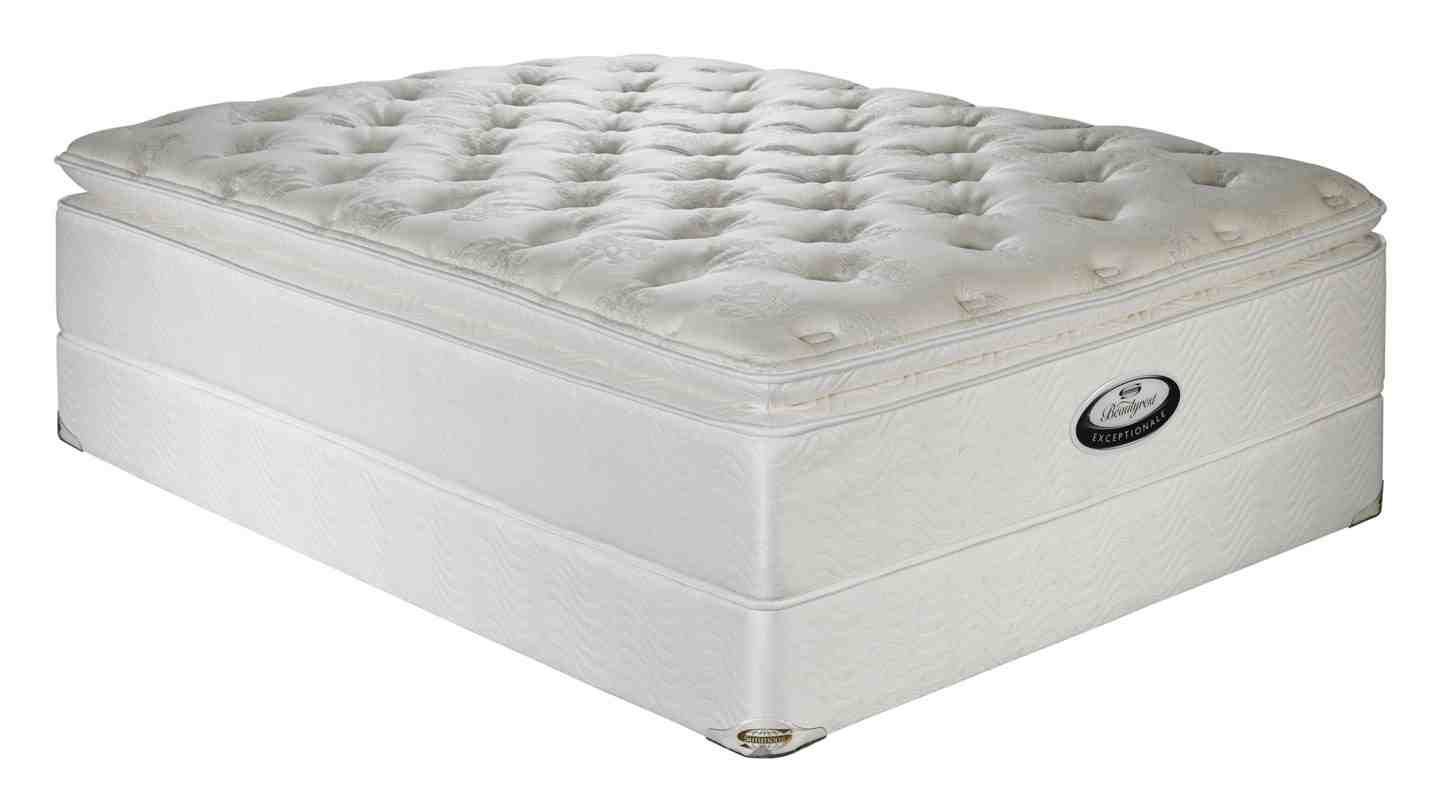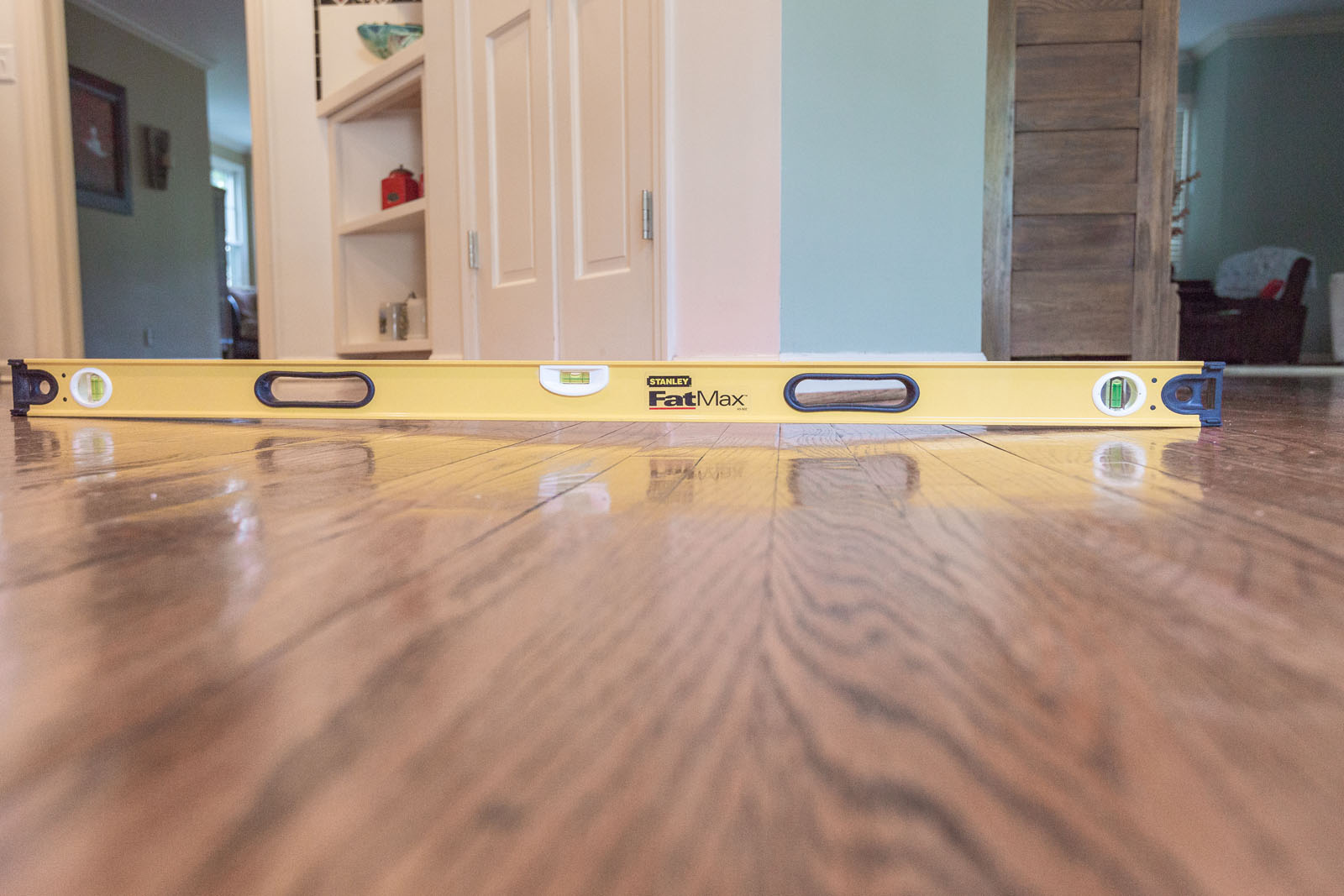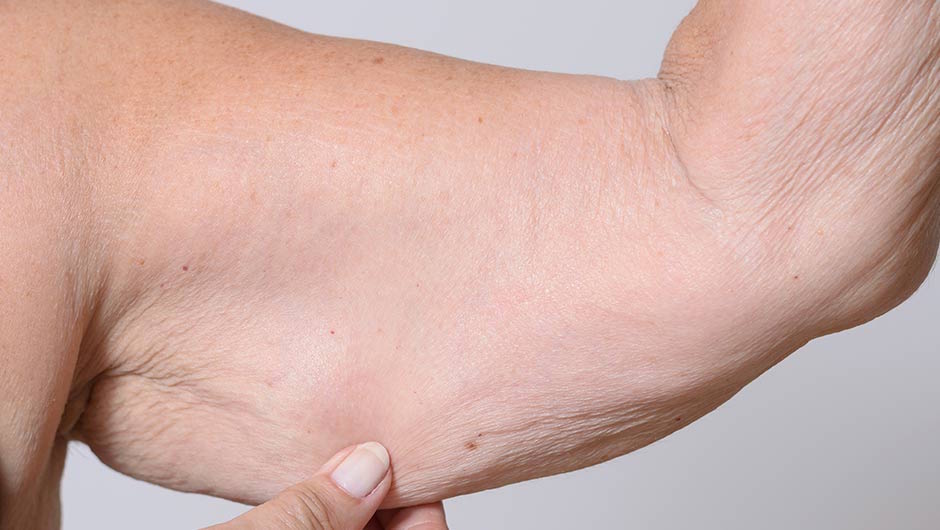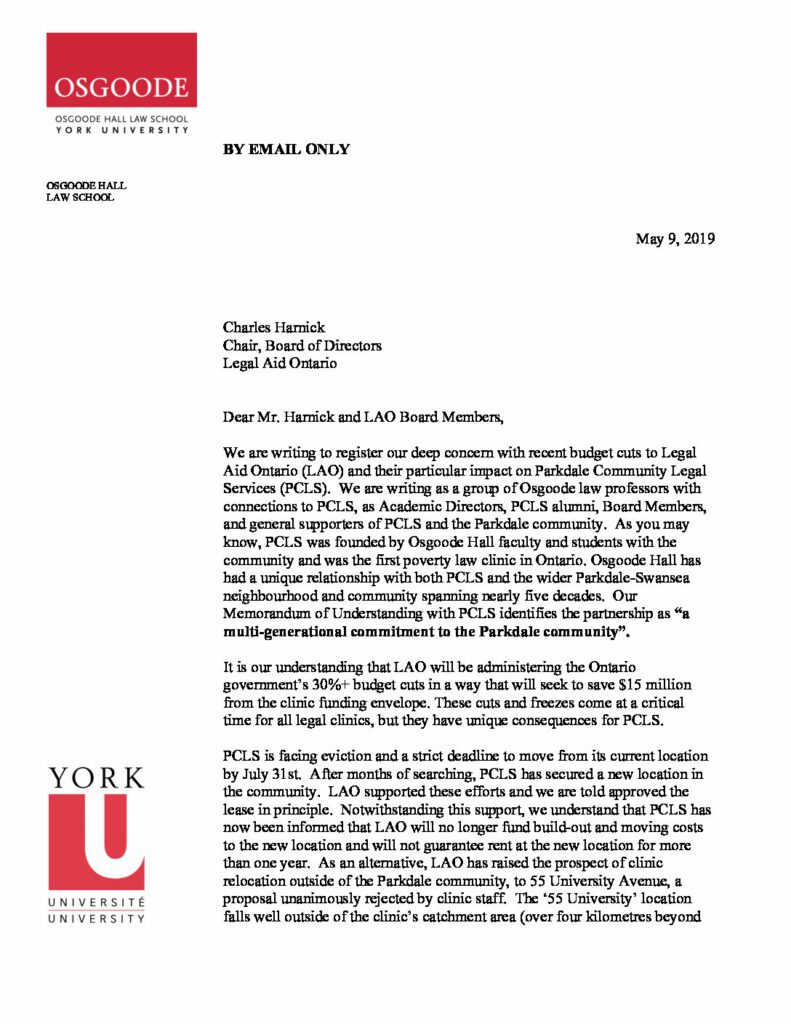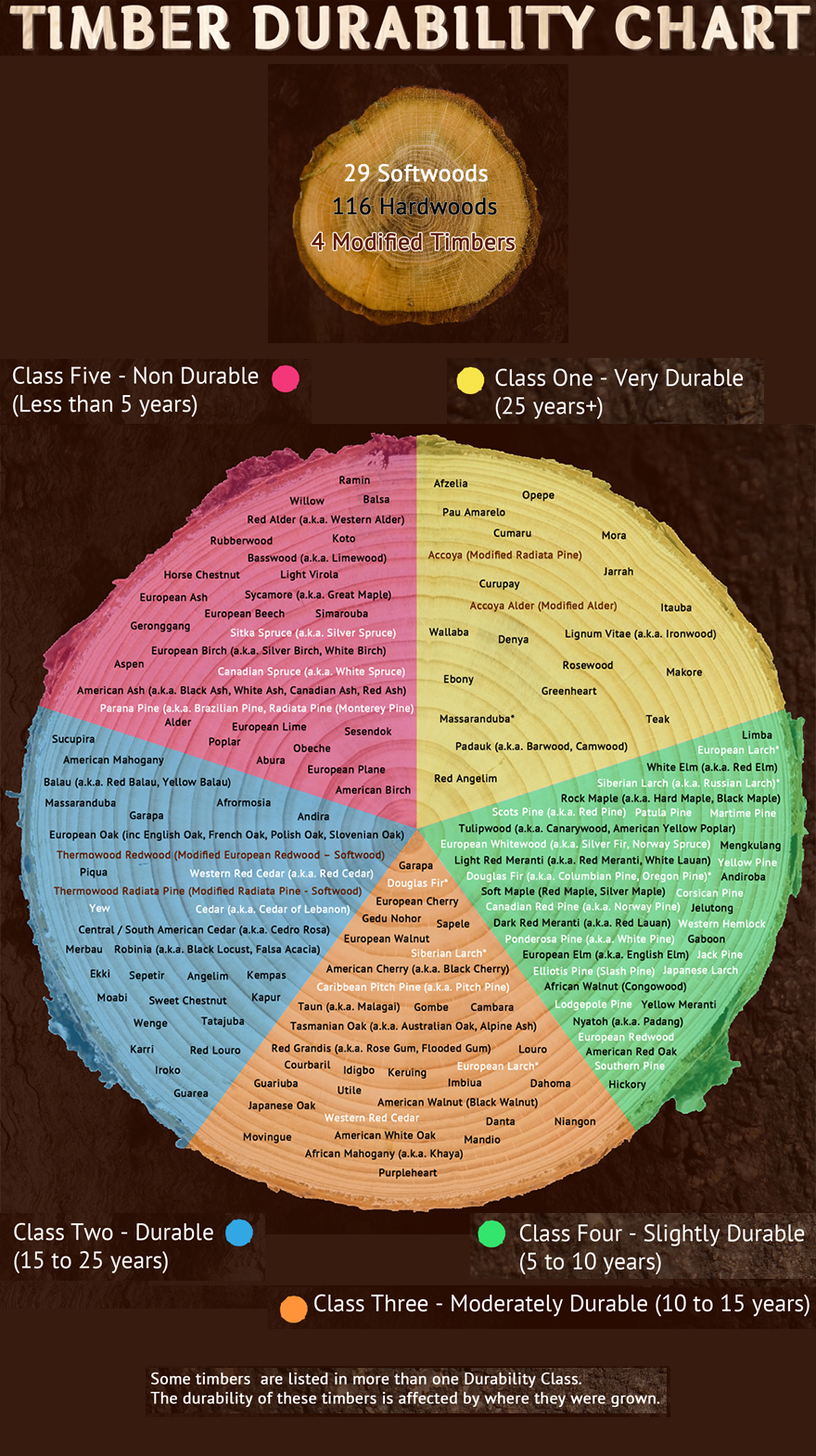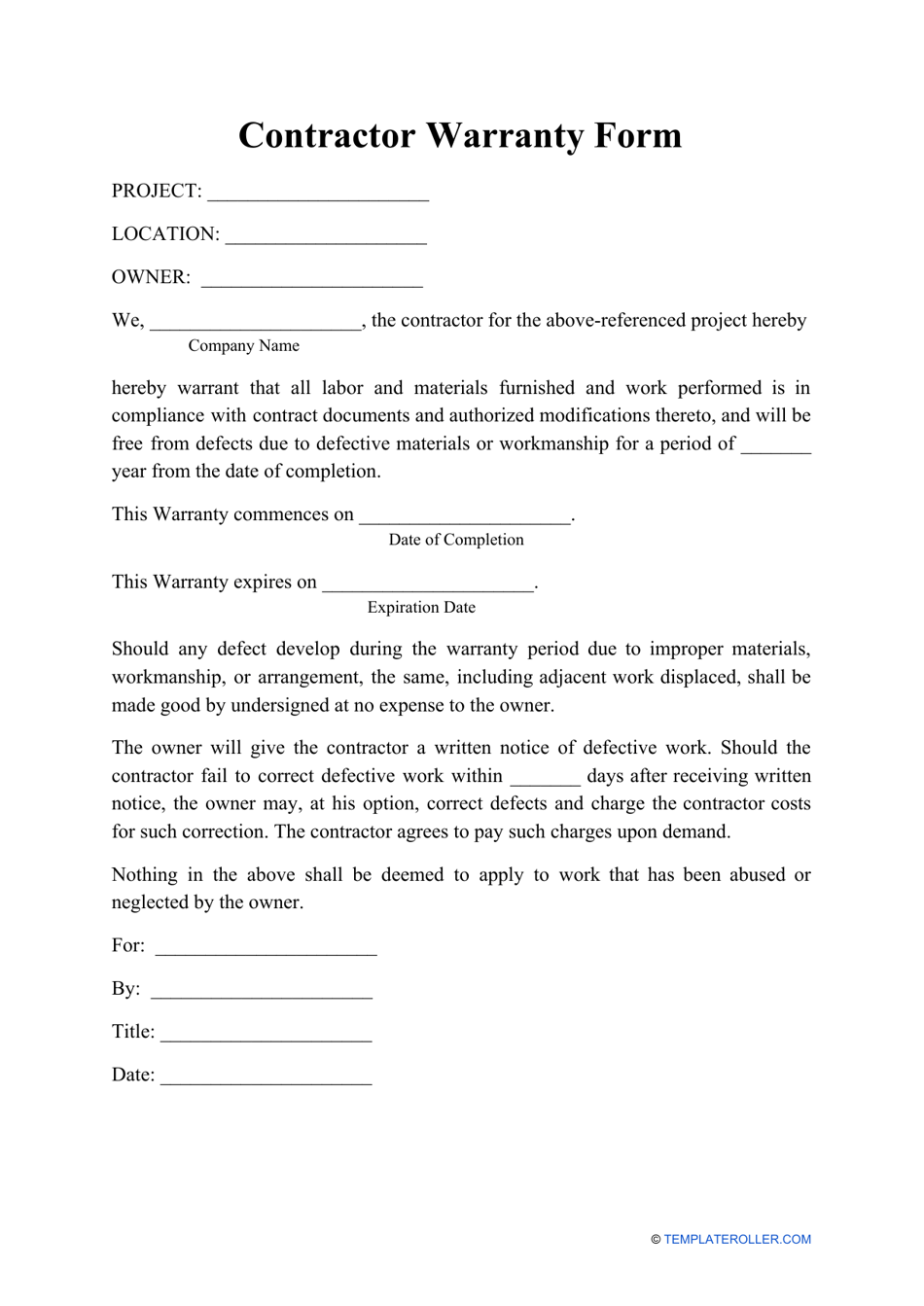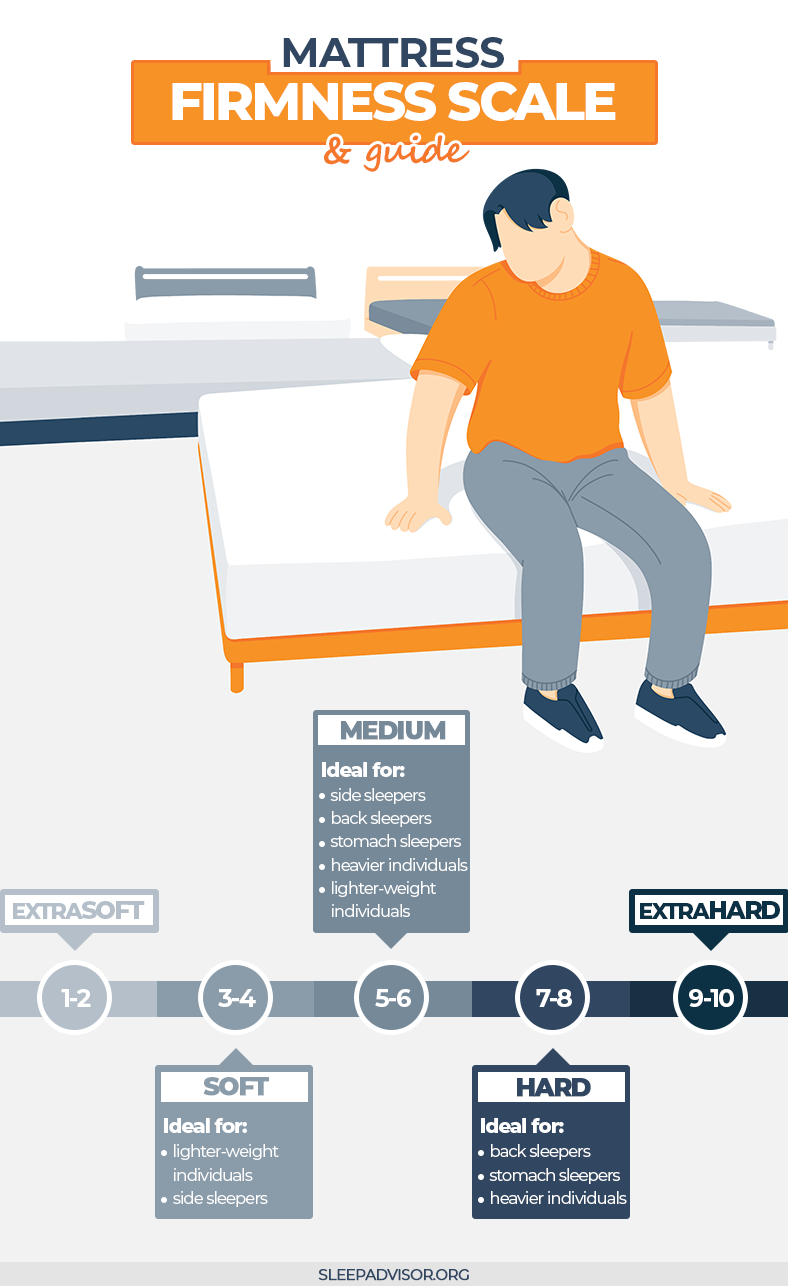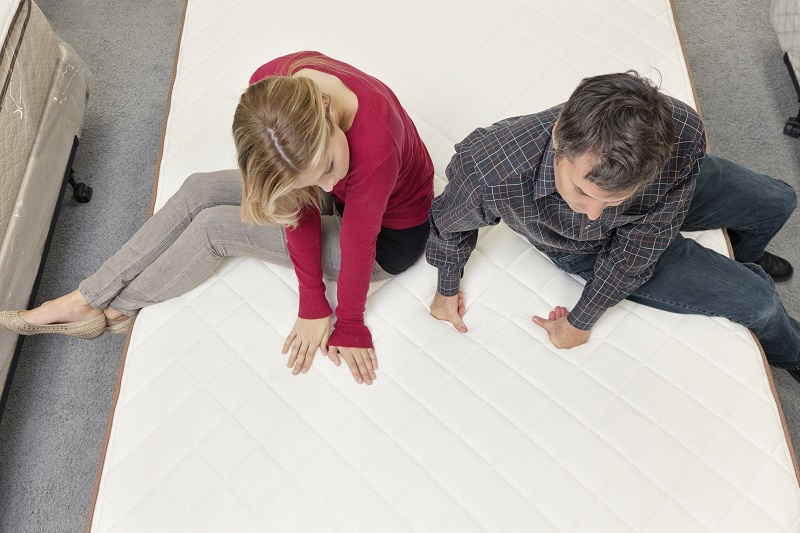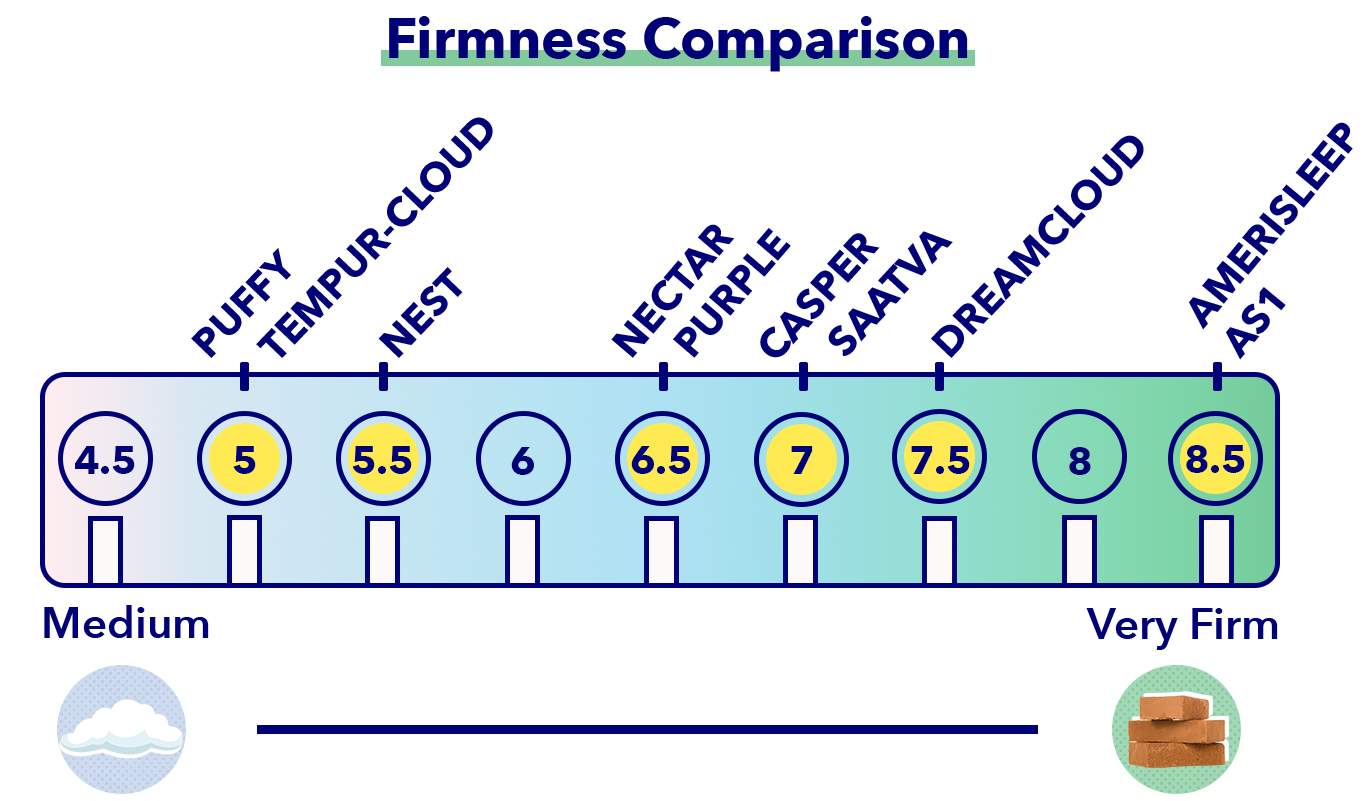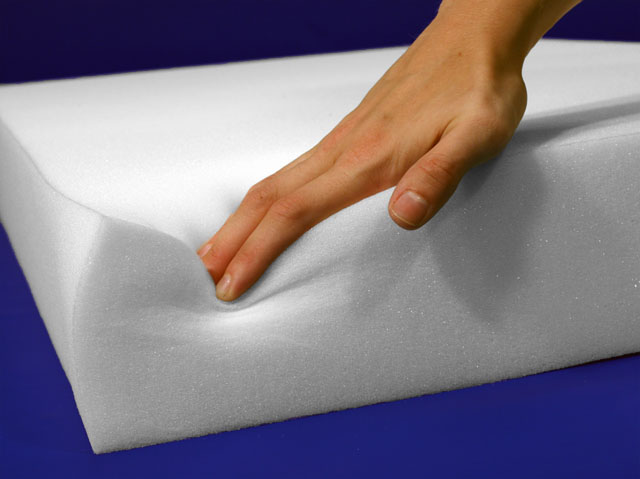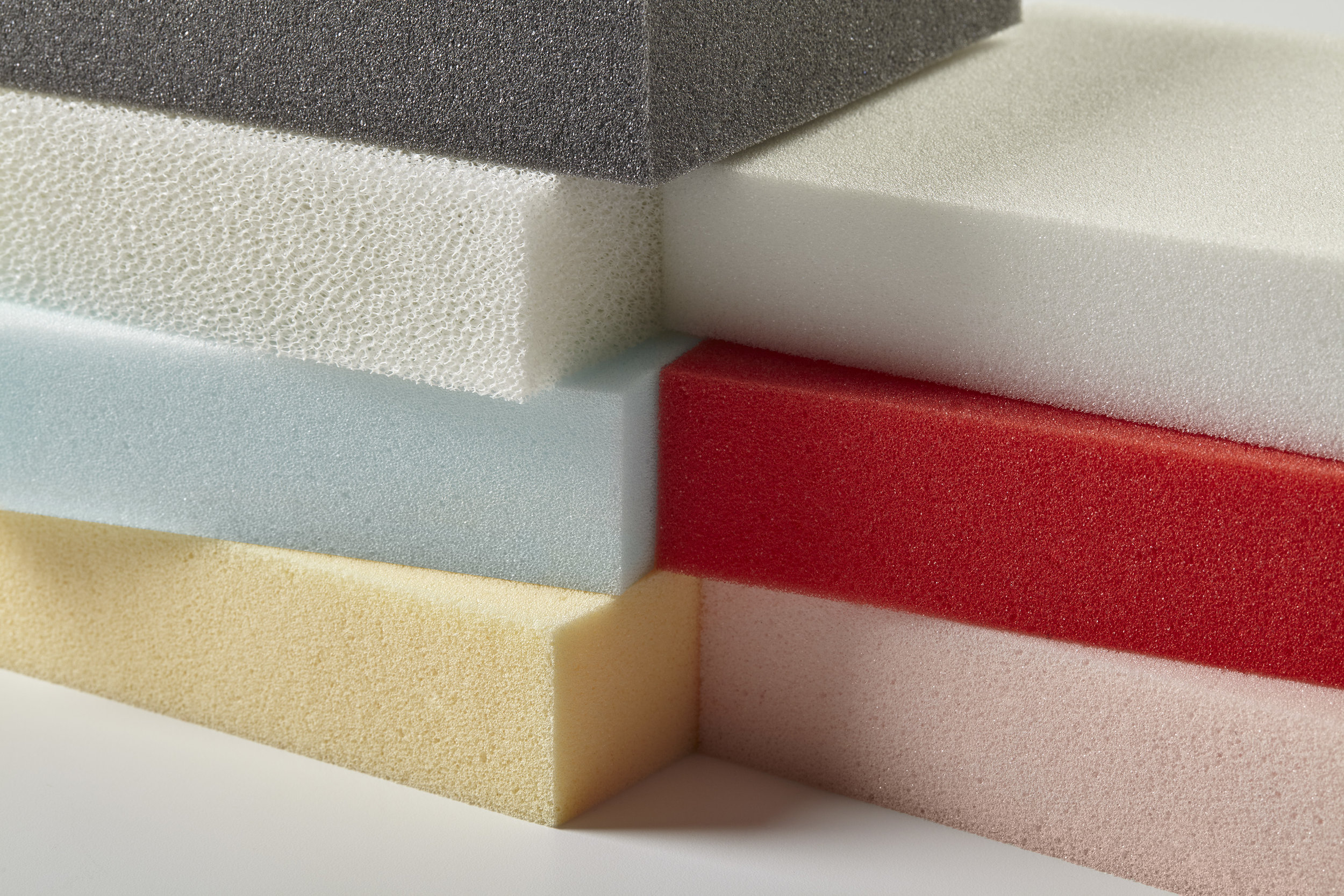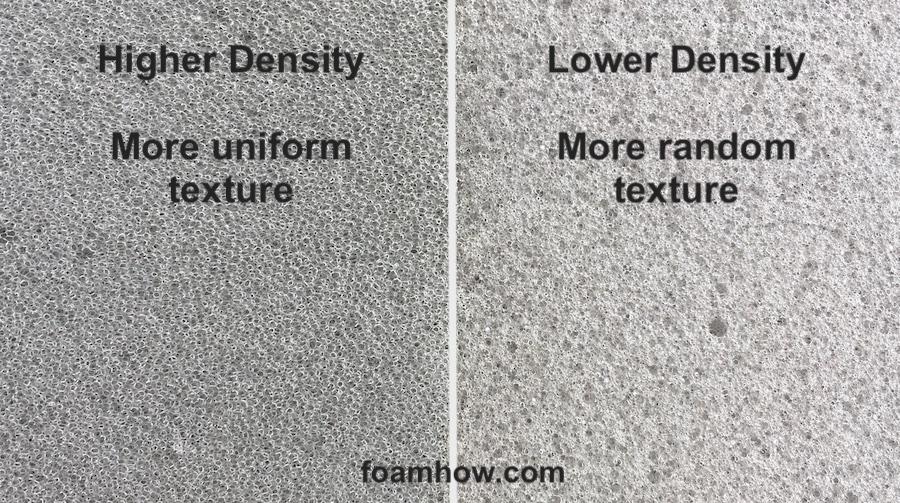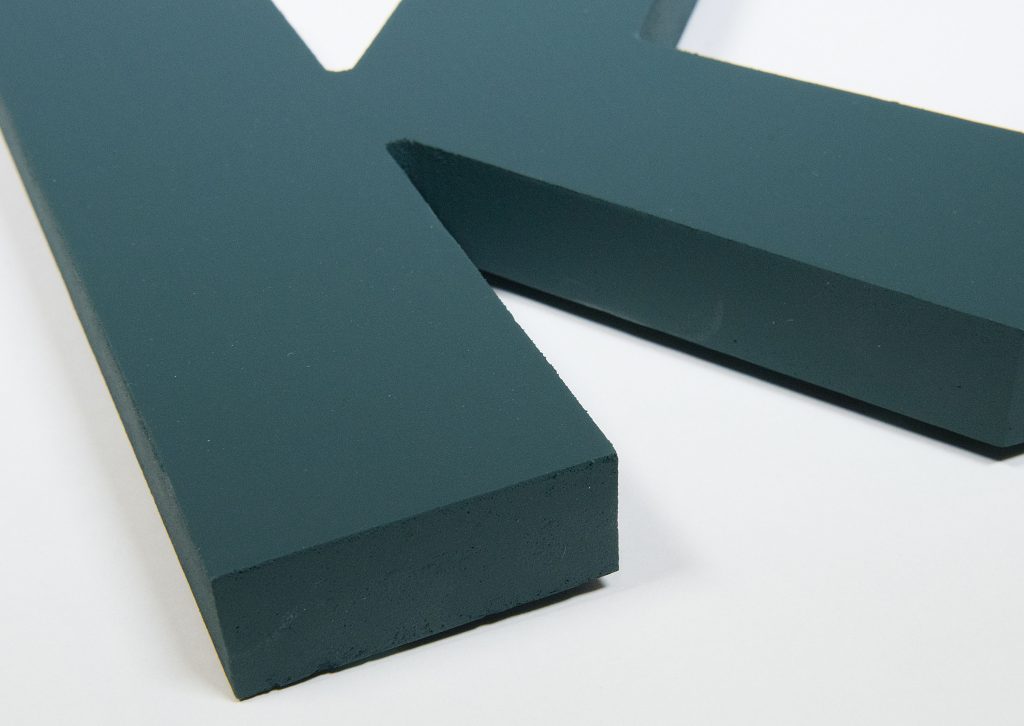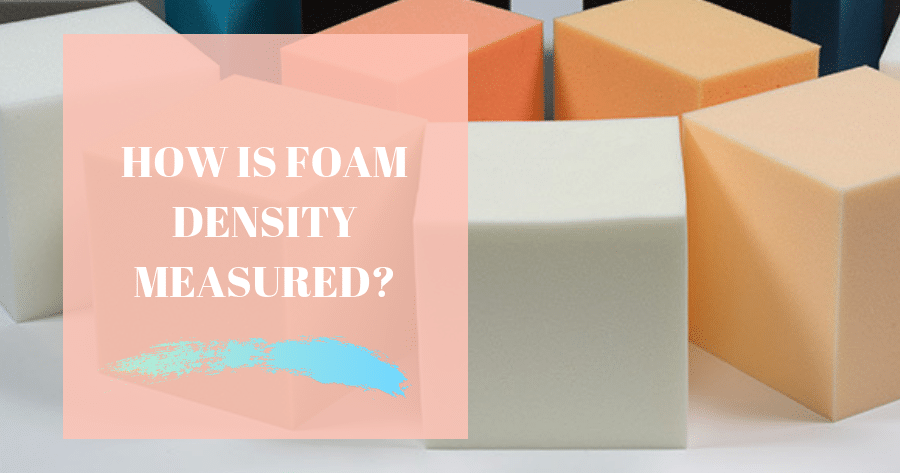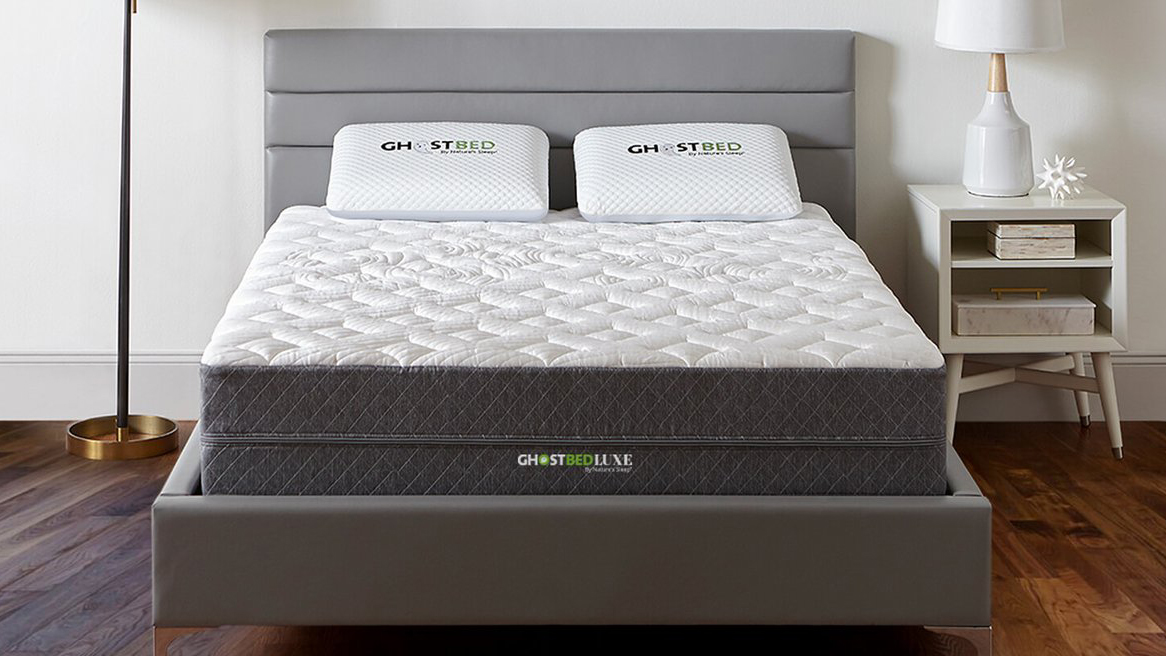If you've invested in a memory foam mattress, you expect it to provide you with the ultimate comfort and support for a good night's sleep. However, after a few months or years of use, you may notice that your once perfectly flat mattress now has dips, lumps, and saggy areas. This can be frustrating and affect your quality of sleep. So, what causes this issue? Let's explore the main reasons why your memory foam mattress doesn't stay flat.1. Understanding the Problem: Why Your Memory Foam Mattress Doesn't Stay Flat
One of the main reasons for a memory foam mattress not staying flat is the quality of the foam itself. Not all memory foam mattresses are created equal, and some may use low-density foam that is prone to sagging and losing its shape over time. When shopping for a memory foam mattress, be sure to check the foam density, as this can greatly affect the durability and support of the mattress.2. The Quality of the Memory Foam
Memory foam mattresses require a sturdy foundation or base to properly support the weight of the sleeper. If your bed frame or foundation is weak or worn out, it can cause your mattress to sink and lose its shape. This is especially true for heavier individuals, as their weight puts more pressure on the mattress. Make sure to invest in a quality bed frame or foundation to avoid this issue.3. Lack of Proper Support
Another common issue with memory foam mattresses not staying flat is sinking in one specific area. This is usually caused by the sleeper consistently using the same spot on the mattress, causing the foam to compress and lose its shape over time. To prevent this, try rotating your mattress every few months to distribute your weight evenly.4. Sinking in One Area
Memory foam mattresses come in various firmness levels, and if you choose one that is too soft for your body, it may not provide enough support and lead to sagging. It's essential to find the right firmness level for your body type and sleeping position to avoid this issue. A firmer mattress will also last longer and maintain its shape better.5. Lack of Firmness
Like any other product, memory foam mattresses have a lifespan and will eventually wear out over time. The materials used in the mattress, such as the foam and cover, can affect its durability. A higher-quality memory foam mattress will typically have a longer lifespan and maintain its shape better than a lower-quality one.6. Durability of the Mattress
We mentioned foam density earlier, but it's worth emphasizing as it plays a significant role in the durability and support of a memory foam mattress. The higher the foam density, the better the mattress will be at maintaining its shape and providing proper support. Aim for a foam density of at least 4lbs per cubic foot for a long-lasting, quality mattress.7. The Importance of Foam Density
When purchasing a memory foam mattress, it's important to check the warranty coverage. A good warranty will protect you against any defects or issues with the mattress, such as sagging or losing shape. However, keep in mind that warranties typically have specific guidelines and requirements, so be sure to read the fine print before making a purchase.8. Warranty Coverage
To prolong the life of your memory foam mattress and prevent it from losing its shape, regular maintenance is key. This includes rotating your mattress every few months, using a mattress protector, and cleaning any spills or stains promptly. These simple steps can help keep your mattress in top shape for years to come.9. Regular Maintenance
A memory foam mattress is an investment in your comfort and quality of sleep. To ensure that your mattress stays flat and provides the necessary support, it's crucial to choose a high-quality one with the right foam density and firmness level. Regular maintenance and proper support also play a significant role in maintaining the shape and durability of your mattress. So, don't skimp on quality, and you'll enjoy many nights of restful sleep on your memory foam mattress.10. Conclusion: Invest in Quality for Long-Lasting Comfort
Why Memory Foam Mattresses Don't Stay Flat

The Rise of Memory Foam Mattresses
 Memory foam mattresses have become increasingly popular in recent years, offering a comfortable and supportive sleeping experience. The memory foam material conforms to the shape of your body, providing pressure relief and promoting proper spinal alignment. However, many users have noticed that their memory foam mattresses don't stay flat over time. This can be frustrating, especially considering the high cost of these mattresses. So what causes memory foam mattresses to lose their shape?
Memory foam mattresses have become increasingly popular in recent years, offering a comfortable and supportive sleeping experience. The memory foam material conforms to the shape of your body, providing pressure relief and promoting proper spinal alignment. However, many users have noticed that their memory foam mattresses don't stay flat over time. This can be frustrating, especially considering the high cost of these mattresses. So what causes memory foam mattresses to lose their shape?
The Science Behind Memory Foam
 To understand why memory foam mattresses don't stay flat, we need to first understand how they are made. Memory foam is a type of polyurethane foam that is designed to respond to heat and pressure. When you lay on a memory foam mattress, your body heat softens the foam, allowing it to mold to your body's shape. This creates a supportive and comfortable sleeping surface. However, this also means that the foam is constantly changing and adapting to your body's movements and weight distribution.
To understand why memory foam mattresses don't stay flat, we need to first understand how they are made. Memory foam is a type of polyurethane foam that is designed to respond to heat and pressure. When you lay on a memory foam mattress, your body heat softens the foam, allowing it to mold to your body's shape. This creates a supportive and comfortable sleeping surface. However, this also means that the foam is constantly changing and adapting to your body's movements and weight distribution.
The Impact of Body Heat and Pressure
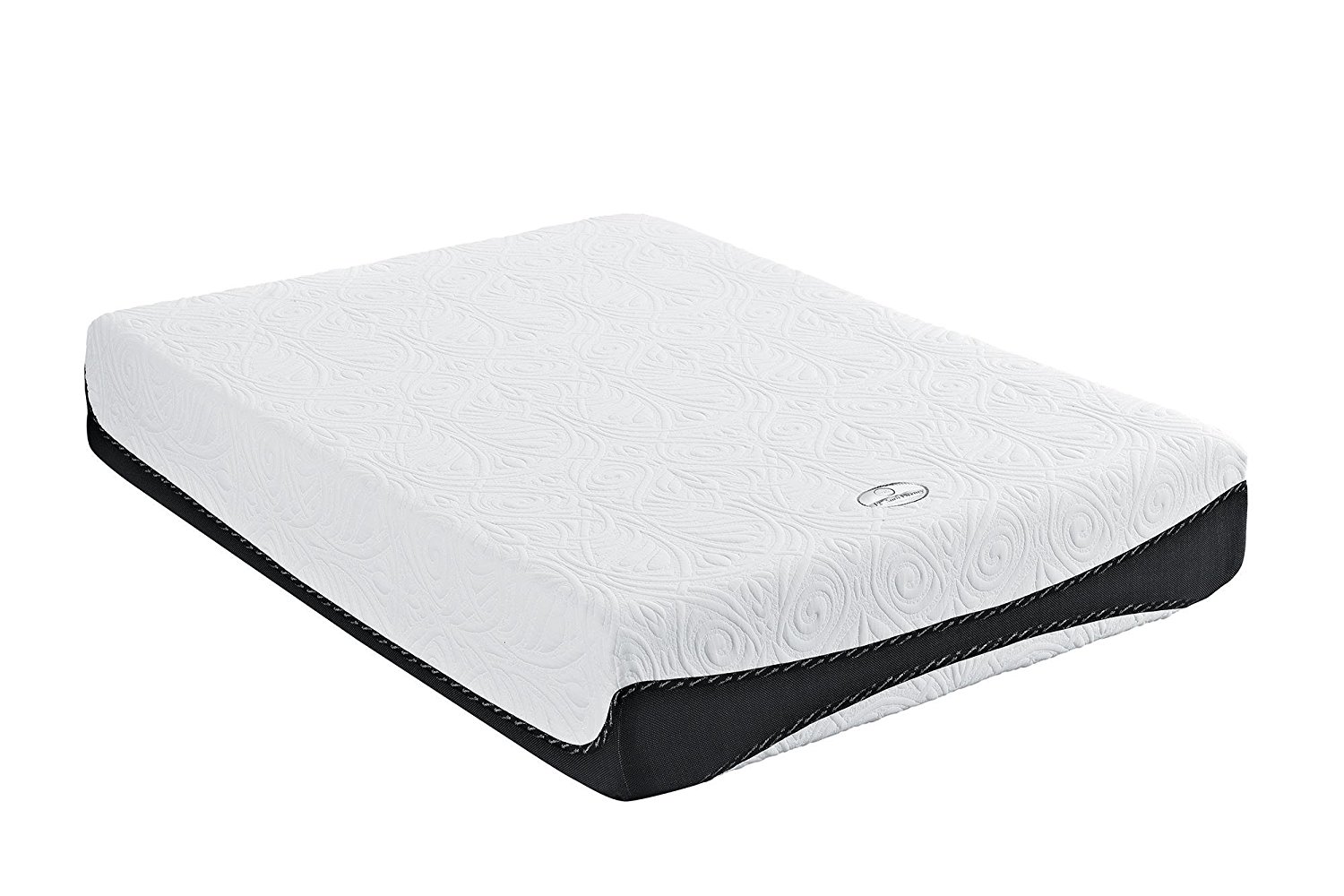 The constant changes in the foam's shape can cause it to lose its original form and flatten out over time. This is especially true for individuals who are heavier or who tend to sleep in the same position every night. The body heat and pressure applied to the same areas of the mattress night after night can cause the foam to break down and lose its ability to bounce back to its original shape.
The constant changes in the foam's shape can cause it to lose its original form and flatten out over time. This is especially true for individuals who are heavier or who tend to sleep in the same position every night. The body heat and pressure applied to the same areas of the mattress night after night can cause the foam to break down and lose its ability to bounce back to its original shape.
The Importance of Proper Care and Maintenance
 Another factor that can contribute to a memory foam mattress losing its shape is improper care and maintenance. It is important to regularly rotate and flip your mattress to distribute the wear and tear evenly. This can help prevent one area of the mattress from becoming more compressed than others. Additionally, using a mattress protector can help protect the foam from spills and stains, which can also affect its shape.
Another factor that can contribute to a memory foam mattress losing its shape is improper care and maintenance. It is important to regularly rotate and flip your mattress to distribute the wear and tear evenly. This can help prevent one area of the mattress from becoming more compressed than others. Additionally, using a mattress protector can help protect the foam from spills and stains, which can also affect its shape.
The Bottom Line
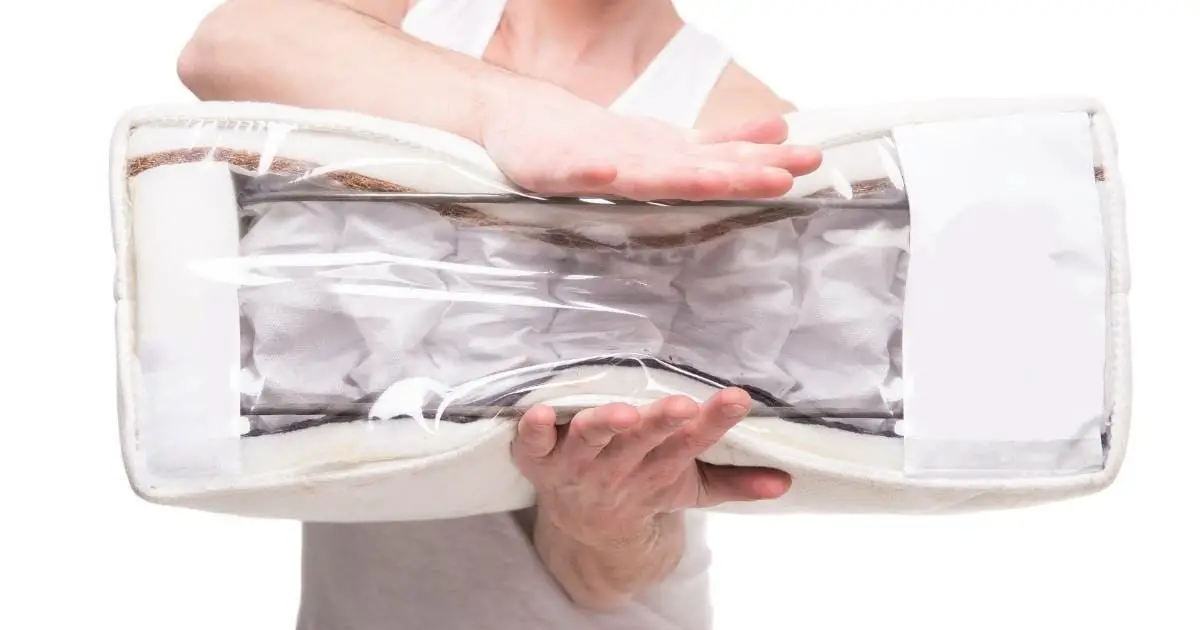 While memory foam mattresses offer many benefits, it is important to consider the potential for them to lose their shape over time. This is not a defect, but rather a natural result of the material's properties. However, with proper care and maintenance, you can prolong the life of your memory foam mattress and ensure that it continues to provide a comfortable and supportive sleeping surface for years to come.
While memory foam mattresses offer many benefits, it is important to consider the potential for them to lose their shape over time. This is not a defect, but rather a natural result of the material's properties. However, with proper care and maintenance, you can prolong the life of your memory foam mattress and ensure that it continues to provide a comfortable and supportive sleeping surface for years to come.








